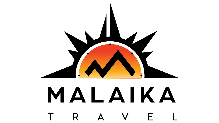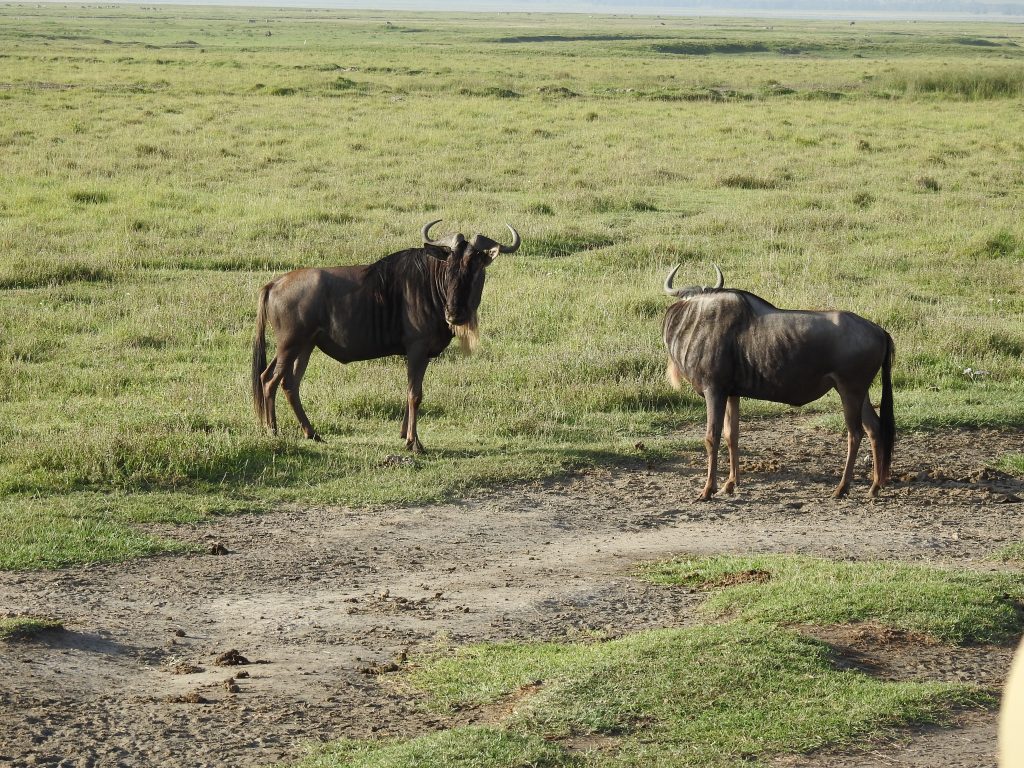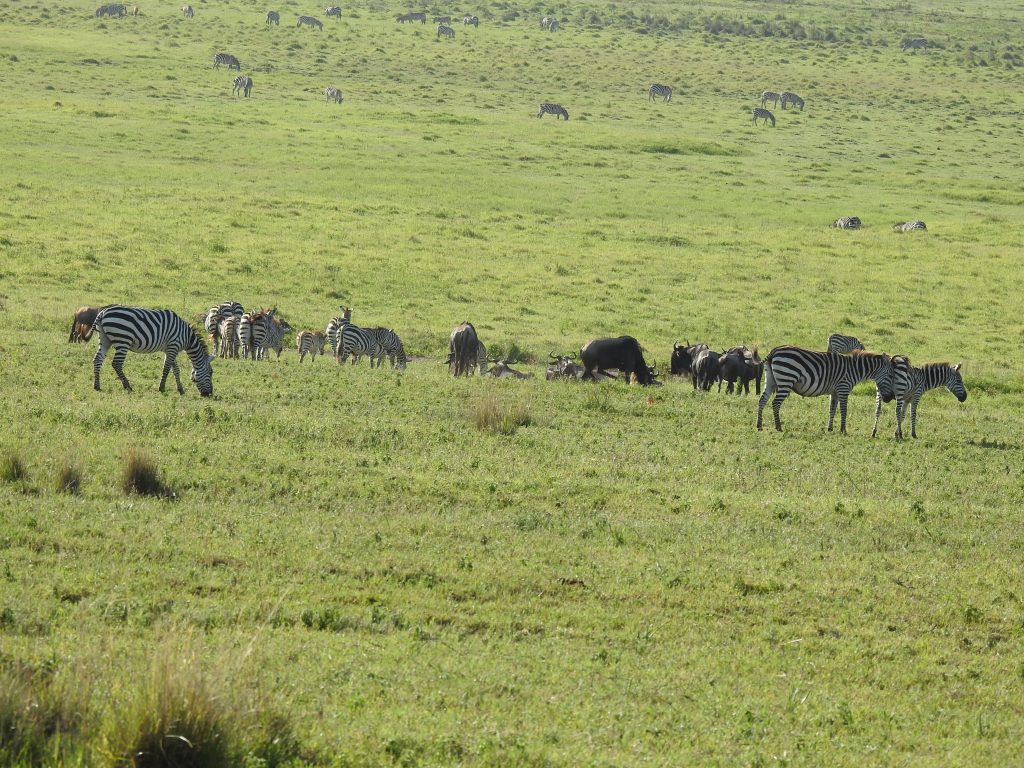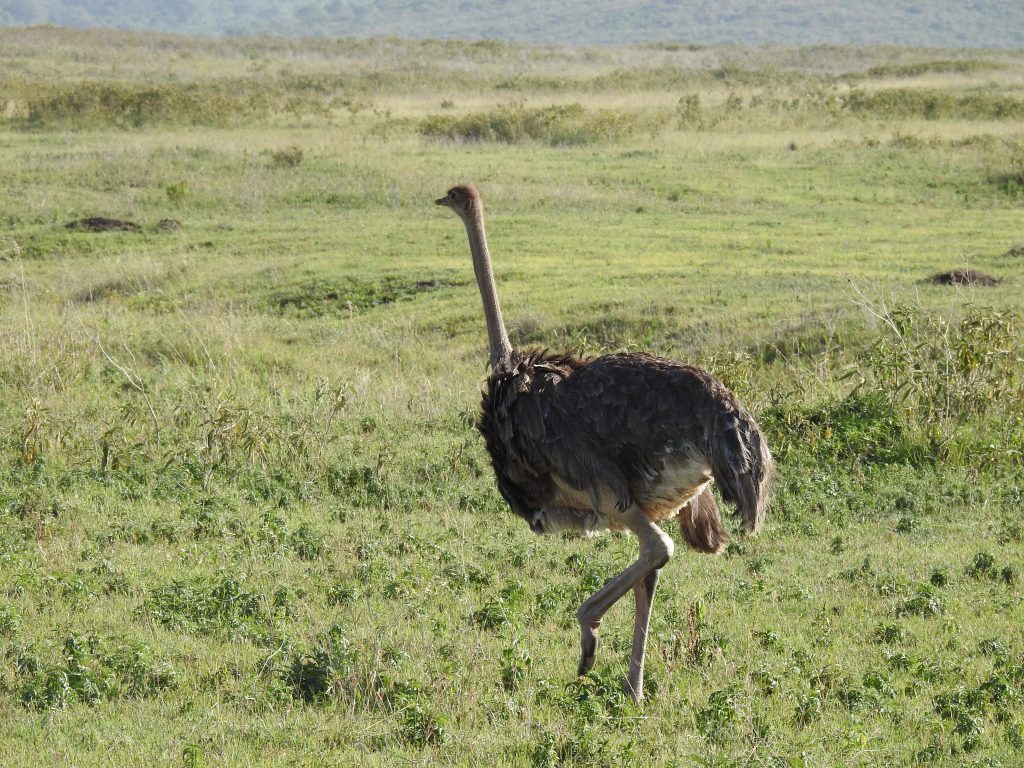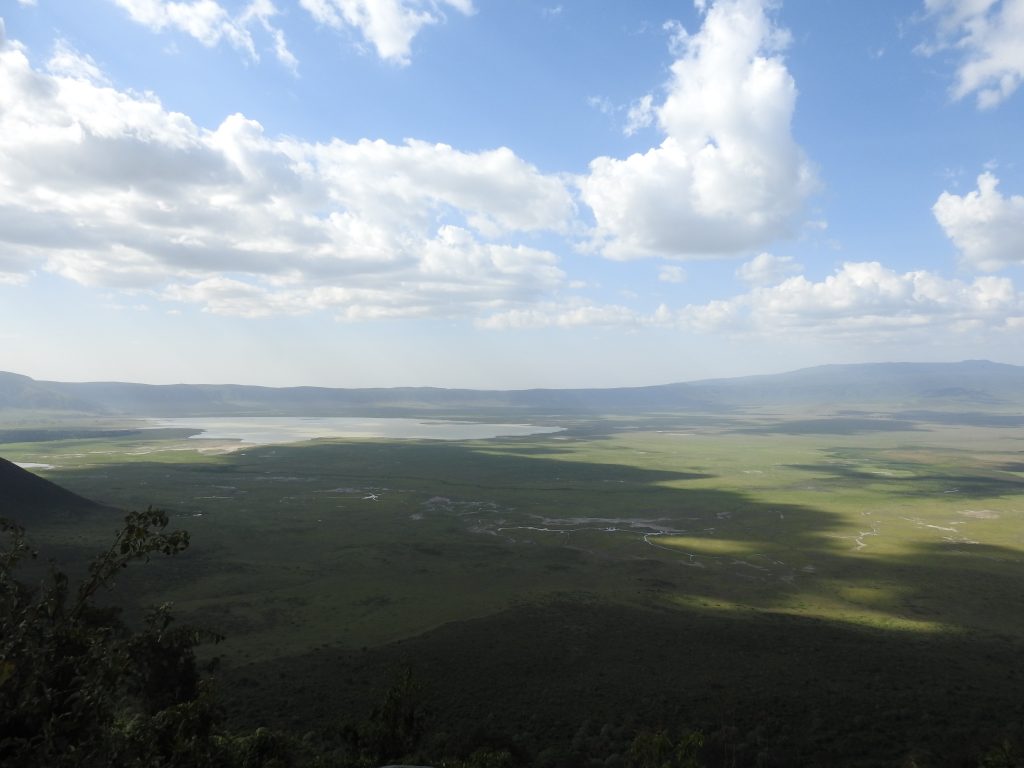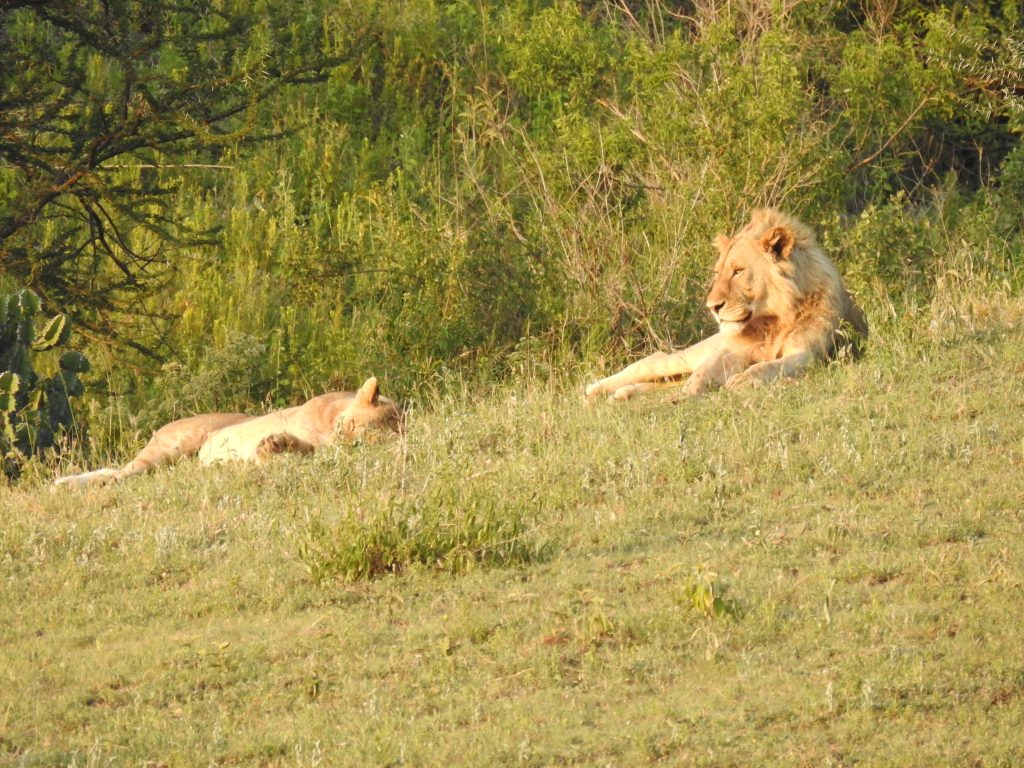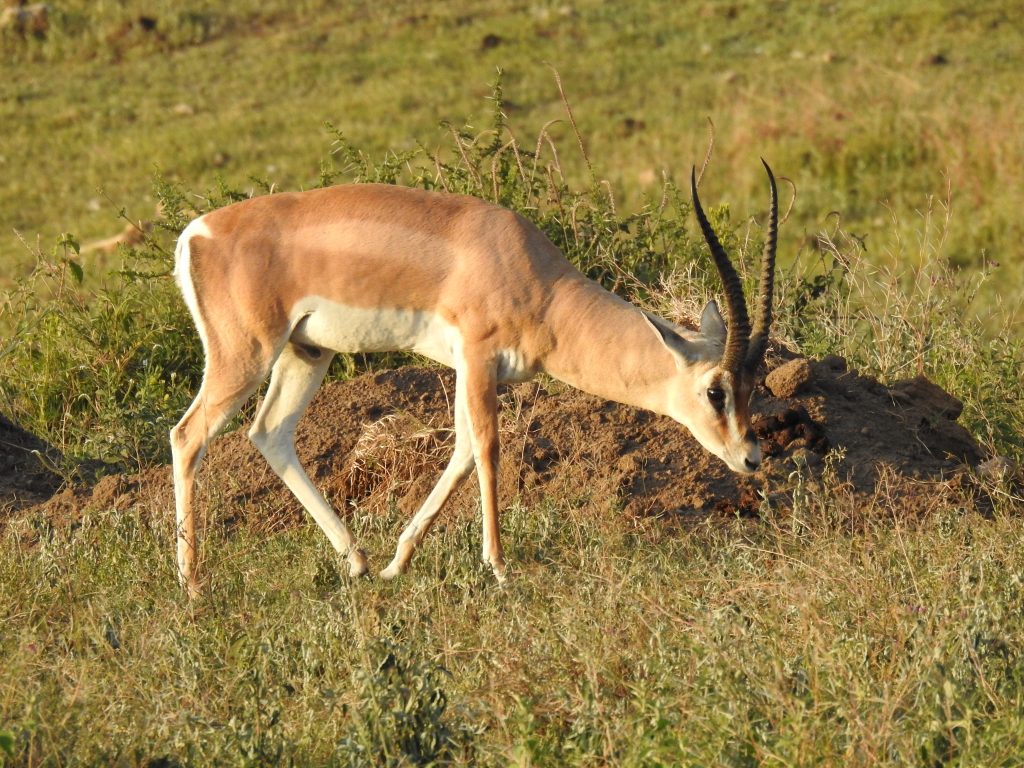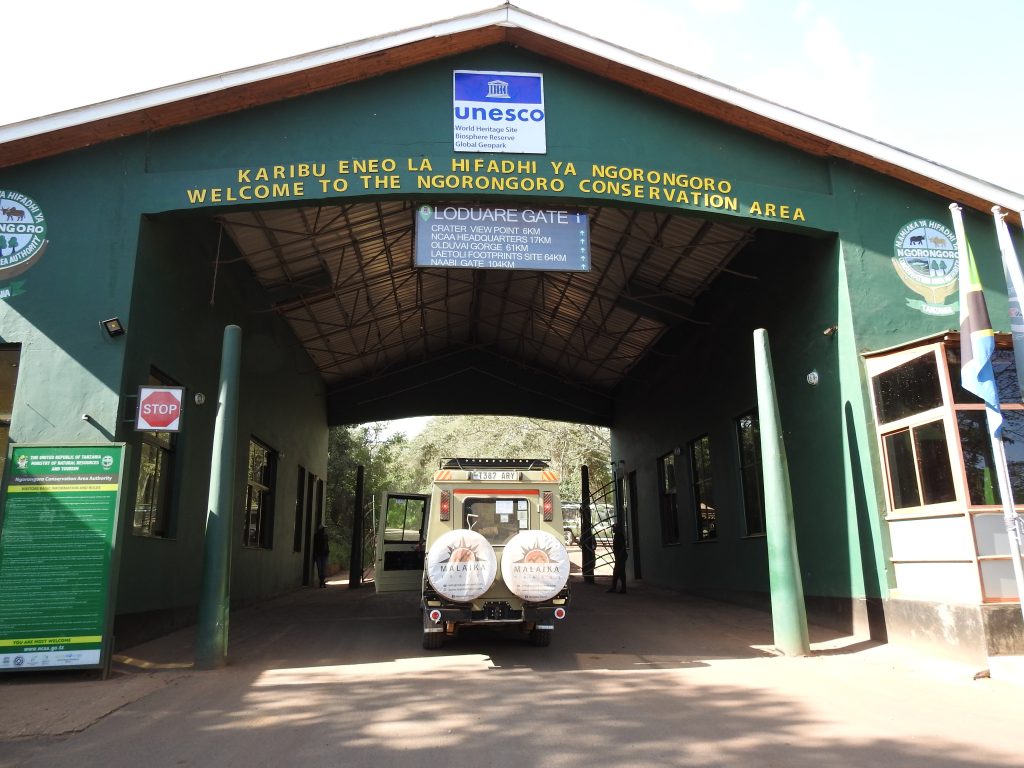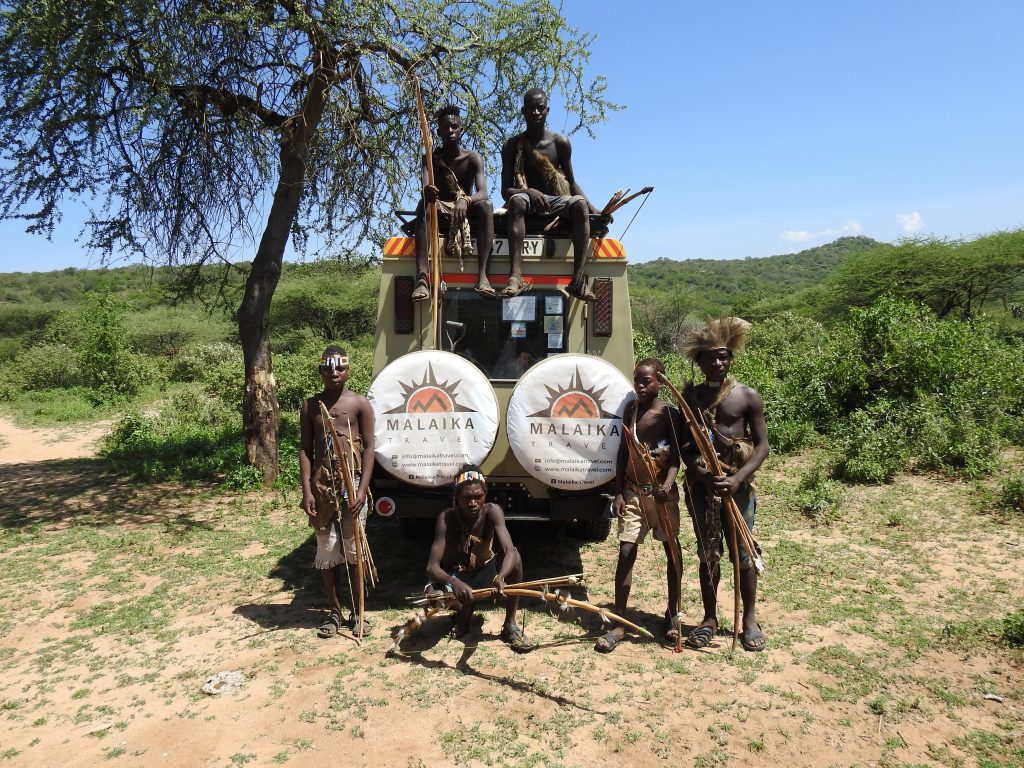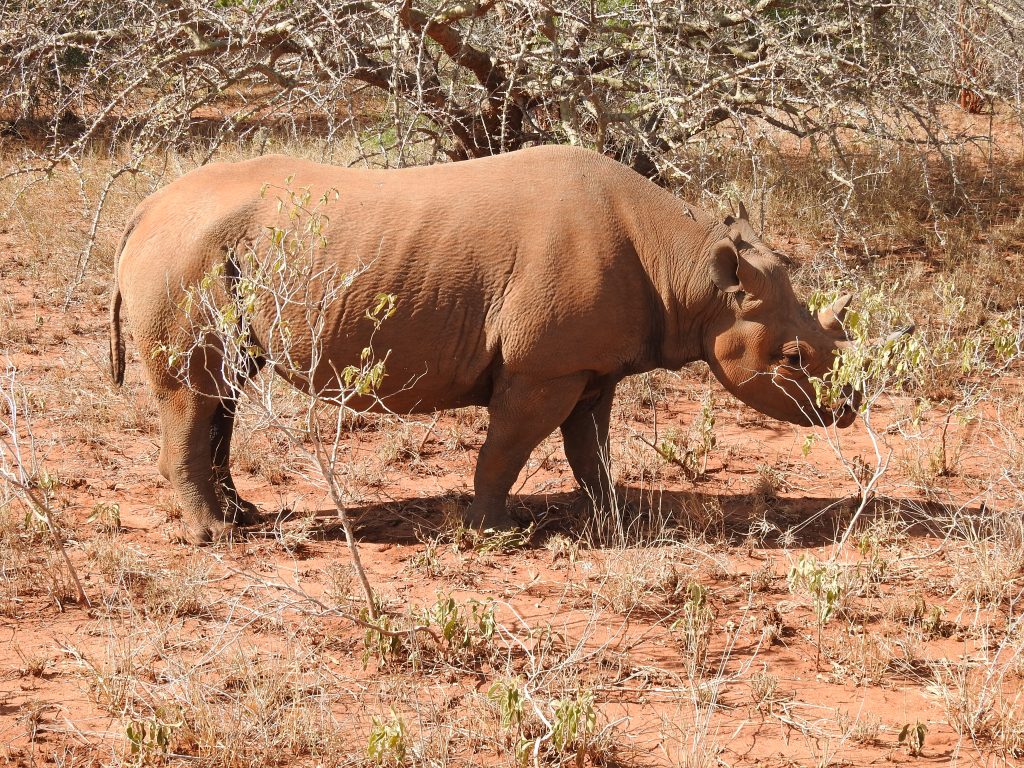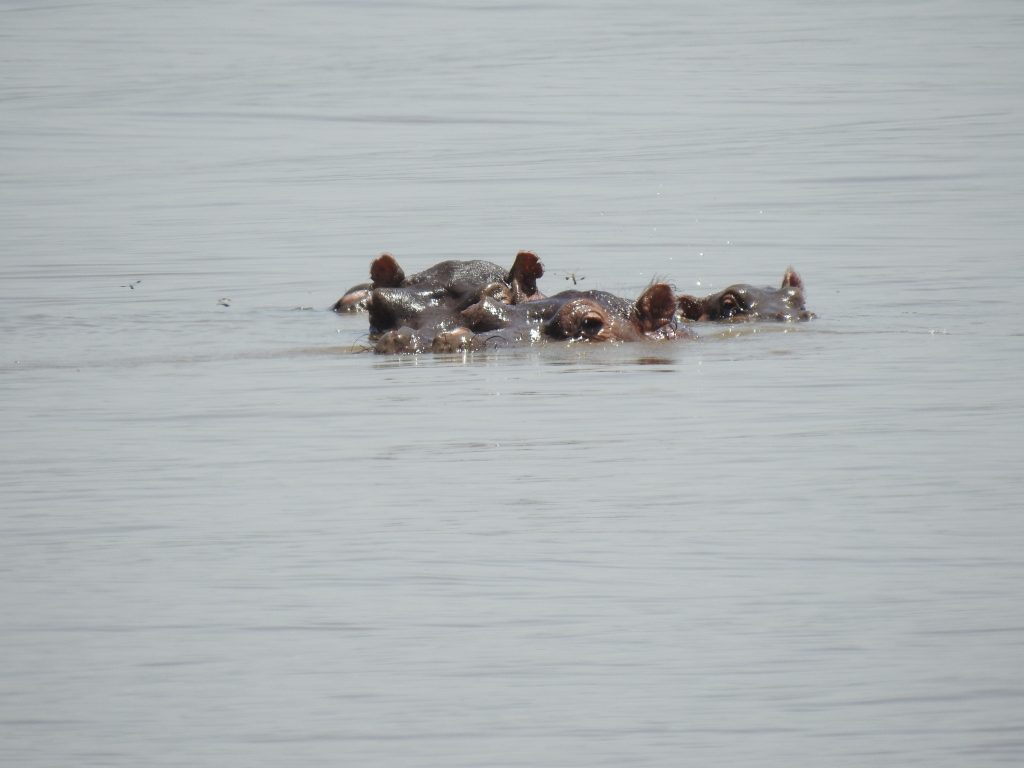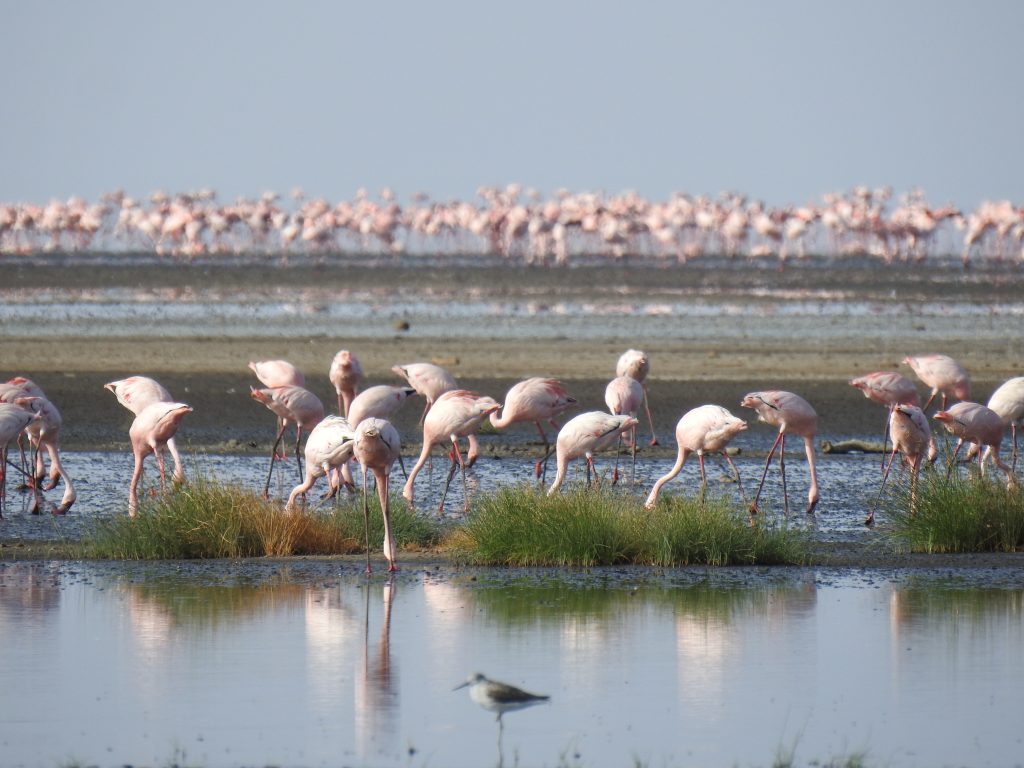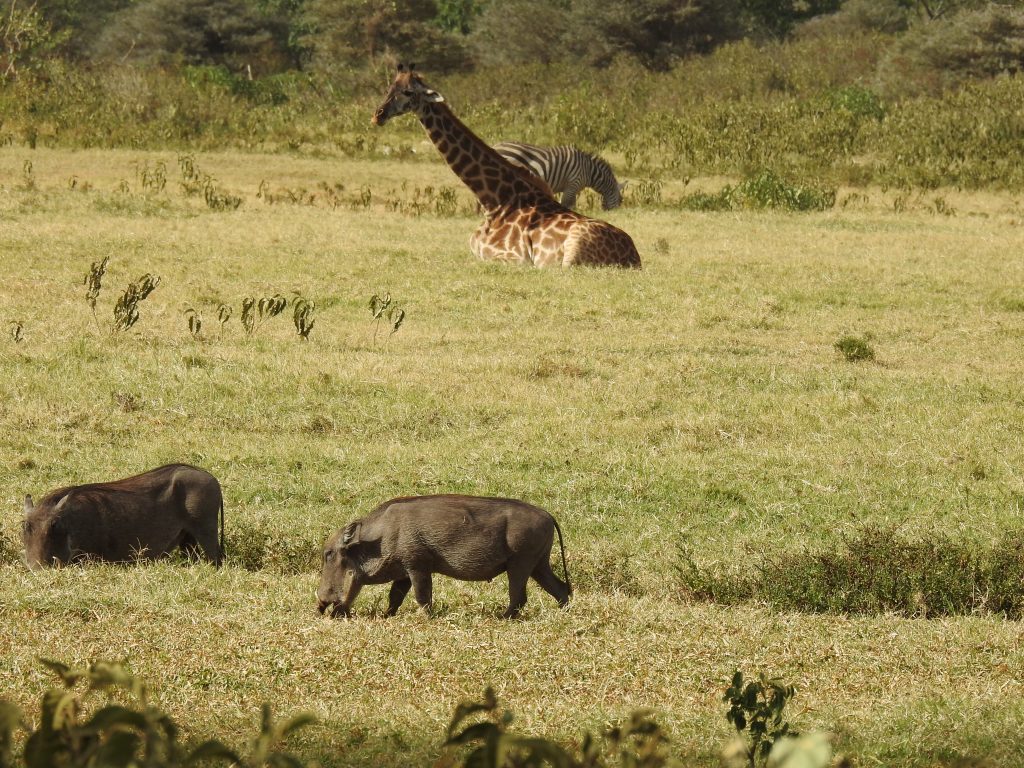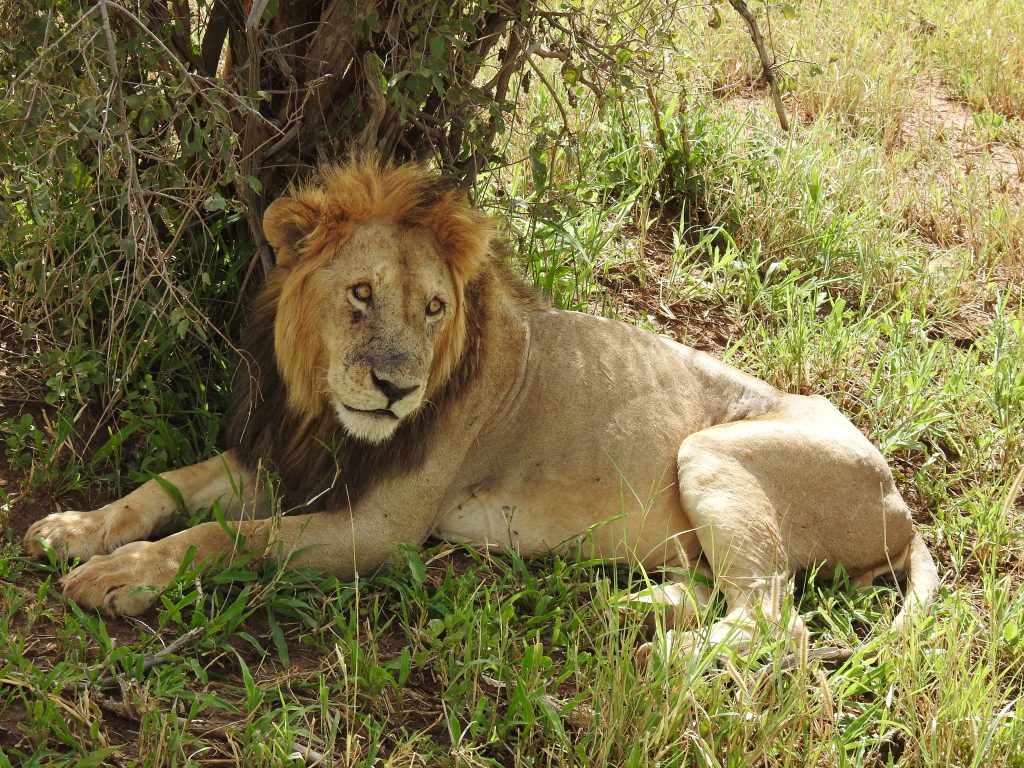
Ngorongoro Conservation Area
Ngorongoro is made up of 3 parts
- Ngorongoro Crater – best known for game drives
- Ngorongoro Highlands – best known for walking safaris
- Western Ngorongoro
Ngorongoro Crater
Ngorongoro crater is a famous, spectacular Unesco World Heritage site. It is mistakenly called a crater but it is actually one of the largest unbroken calderas in the world. You can get inside the crater to see a wide range of animals. There is a high chance that you will see the Big Five all in one day. The crater itself has an area of 260 square kilometres and the crater floor is surrounded by high walls that are up to 600m tall. The crater has the highest animal population per square kilometre and it also has the highest density of animal species in Tanzania. The rim of the crater offers stunning views and even though there aren’t many animals on the rim, you can still see amazing scenery as well as the Maasai people.
Ngorongoro Highlands
Visiting the Ngorongoro Highlands is only available on foot due to the terrain and most of the gear is carried by donkeys during longer trips. This makes this place unique. The beautiful crater highlands make the Rift Valley even more interesting. The highlands are near several extinct volcanoes and some calderas. You can also see the Rift Valley escarpment towards the east of the park. There are also 2 craters- Olmoti crater and Empakaai crater.
Empakaai Crater
Empakaai crater may not be as famous as Ngorongoro but it is still just as beautiful. Flamingos and water birds fill most of the crater floor. The crater floor is surrounded by cliffs that are around 300m high. The views from the crater rim are astounding, and the crater floor is just as good.
Olmoti Crater
Olmoti crater is not as dramatic as Empakaai or Ngorongoro but it is still worth visiting it if you are on your way to the highlands. It is also not far from the Munge waterfall. The crater floor is shallow and it has the Munge river running through it.
Western Ngorongoro
Oldupai Gorge
Here, you can see the plains reaching across to Serengeti, the Gol mountains in the north and more. As well as this, herds of animals like wildebeest, elands, topis, gazelles and zebras come here during their migration.
In these plains is a 48km long ravine known as the Oldupai Gorge. The Oldupai Gorge is sometimes referred to as the cradle of humankind. The incredible geological history of this place allows us to learn more about ancient life here.
You can also see shifting sands here. It is a dune made of volcanic ash from Oldonyo Lengai. Some of these dunes are about 9 meters high and about 100 m long. They shift about 17 meters per year.
Laetoli
Laetoli is about 45km south of Oldupai Gorge. At Laetoli, you can walk along a 27m long trail full of archaeological hominid footprints that are approximately 3.7 million years old. There even is an Oldupai Gorge museum that opened in 2017.
Gol Mountains
The Gol mountains are less popular than the other places in Ngorongoro. There aren’t many tracks other than those left by wildlife and traditional herders. This is one of the most traditional places in Tanzania. It is home to Maasai who still kill lions and live in a cashless society.
Your safari starts with a chat
Fill in the enquiry form below
or get in touch by phone | WhatsApp | email with your ideas and dates for your trip:
